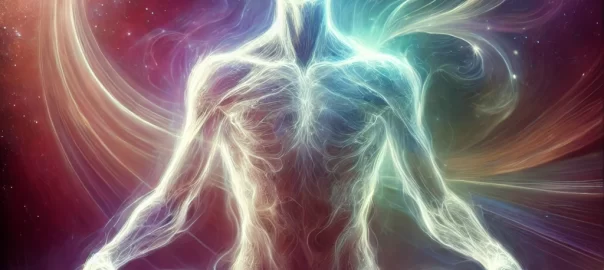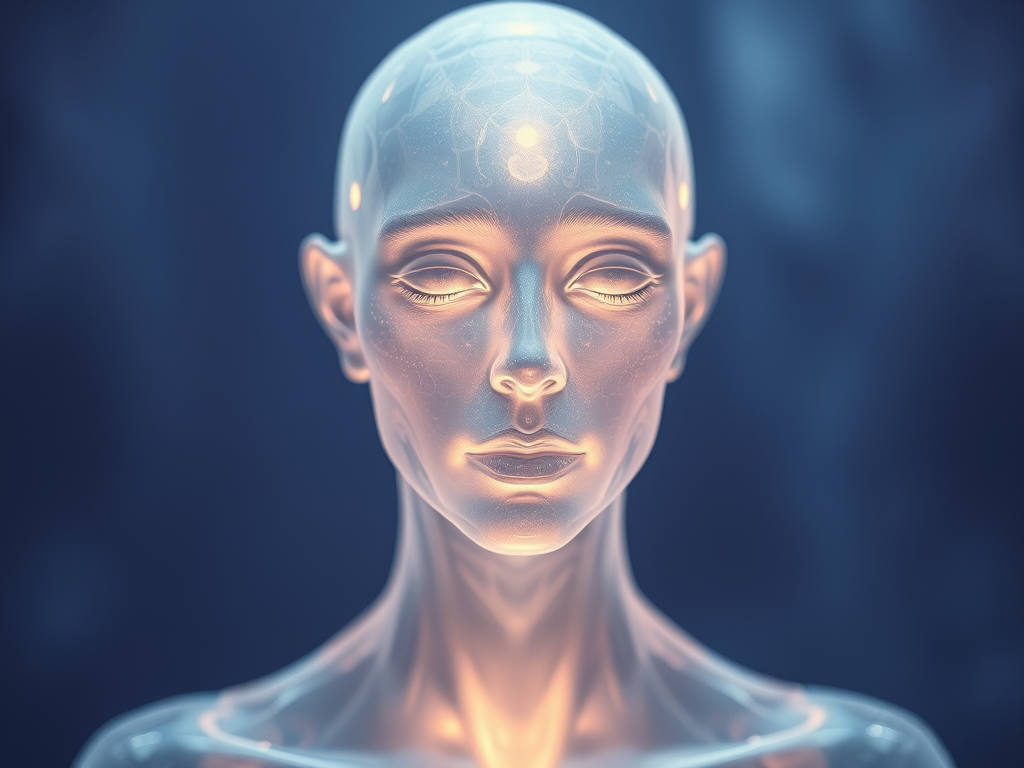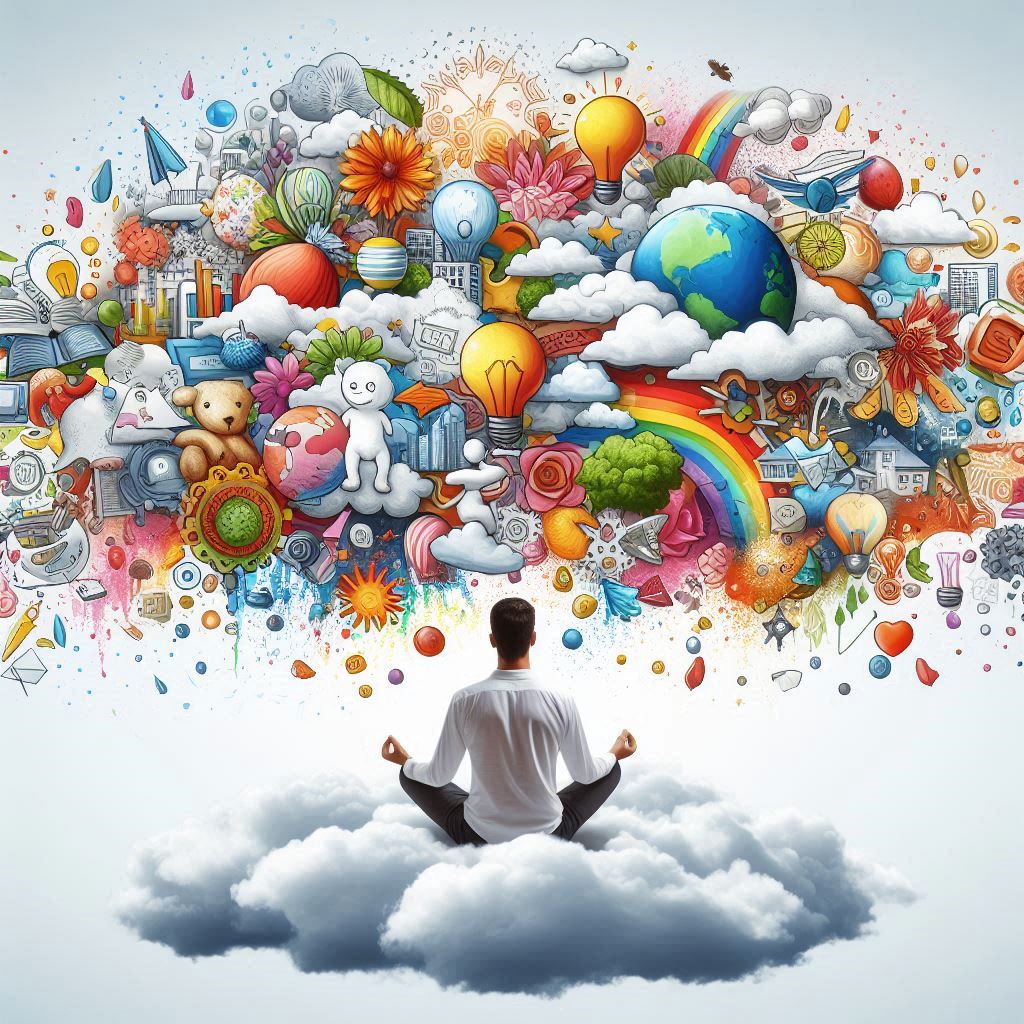A Lesson from a Rasta in Trinidad
When I was young in Trinidad, a Rasta stepped onto our property. He wore nothing but a loincloth, his long dreadlocks and beard flowing as he carried a cutlass in hand. I was terrified and hid behind my father. The Rasta approached one of our coconut trees and climbed it with ease. He picked a few coconuts, letting them drop to the ground at the base of the tree.
Once he descended, he took his cutlass and sliced open a coconut, drinking the fresh water inside. He handed one to my father and offered me one too, but I was too scared to accept. After my father finished drinking the coconut water, he returned it to the Rasta. With skill, the Rasta split the coconut open and fashioned a scoop from part of the shell, allowing my father to eat the soft jelly inside. When he was done, the Rasta took a few coconuts for himself and left a couple behind for us.
I turned to my father, confused and upset. “How can this Rasta just come onto our property and take our coconuts?” I asked. My father looked at me and said, “Curtis, the Rastas believe God put everything on this earth for everyone. We couldn’t climb that tree to get the coconuts, but he could—and he shared them with us.”
That moment taught me a profound lesson: God didn’t create borders. God made this world abundant, with more than enough for everyone. It’s man who changed the rules.
The Takeaway: This encounter with the Rasta, rooted in my Trinidadian upbringing, challenged my young mind’s ideas about property and borders. My father’s words offered a gentle yet profound shift in perspective—one that resonates far beyond that moment. Whether you see it as God’s design or nature’s gift, the world was made abundant, and it’s human rules that draw lines and create scarcity. This simple story carries a big heart, inviting us to rethink sharing, community, and what truly belongs to us all.




